Scallops are a large family of mollusks related to clams and oysters. Superficially, they look very similar to clams. Scallops are unique among mollusks in their ability to move quickly by jet propulsion. In essence, unlike clams, scallops can swim. Read on to learn about the scallop.
Description of the Scallop
Scallops are enclosed by two grooved shells, connected by a hinge and two valves. One side of the shell is slightly flatter, and the other more concave in shape. They can have anywhere from 10 – 100 eyes around the edges of their shells. Their eyesight is not particularly precise, but rather the eyes serve as an early warning system for predators in the form of moving shadows.
Interesting Facts About the Scallop
Scallops are unique among mollusks in their lifestyle and mobility. They are capable of moving actively and quickly, instead of attaching themselves to a substrate like other mollusks.
- Swimming Scallops – Scallops move via jet propulsion, and are capable of swimming very quickly in short bursts. They use their valves to open and close their shells, sucking in and expelling water to “swim” through the water.
- Scallop Shells – Because scallops move quickly through the water, their shells differ slightly from other mollusks. Most clams, mussels, and oysters are either slow moving or sessile (unmoving). This means that they must have thick shells to protect them from predators. Scallops have thin shells, because a thicker shell would prevent a speedy escape.
- Scrumptious Scallops – Like many sea creatures, these are a common seafood dish in many different areas of the world. Unlike clams and mussels, the part of a scallop that is eaten is the adductor muscle. This is the muscle that controls the opening and closing of the shell.
- Safe Seafood – Because you aren’t eating any part of a scallop that filters seawater, scallops are considered much safer than other shellfish. This is because other filter feeders can accumulate toxins that they filter out of the water, but when you eat scallops you are eating the muscle, not any of the filtering body parts.
Habitat of the Scallop
There are a wide variety of scallop species, and each species prefers a different type of habitat. Some species live in shallow waters, from the low tide line to approximately 100 meters deep. Other species live exclusively in deep waters. All species are exclusive to salt water, and cannot survive in fresh or brackish water environments.
Distribution of the Scallop
Different species of scallops can be found worldwide. The largest species diversity can be found in the Indo-Pacific regions, but scallops can be found in oceans across the planet.
Diet of the Scallop
Scallops, like other mollusks, are filter feeders. They suck water over a filter structure, and small prey –like plankton – gets stuck in the mucous. The filtering apparatus is equipped with small hair-like cilia that move the trapped plankton to the mouth.
Scallop and Human Interaction
Scallops are quite delicious, and they are a common cuisine in many cultures and countries. The largest scallop fishery is off the coast of the northeast United States. Other large fisheries and farms are found in Japan and China.
Scallop populations have been on the decline, and different populations can be attributed to different causes. One main decline is due to the loss of seagrass habitats in many locations, due to climate change.
Domestication
Some scallop species are farmed commercially. These are selectively bred for size and taste, and could be considered partially domesticated for this reason.
Does the Scallop Make a Good Pet
In aquariums, some species of scallops can make great additions. However, the upkeep of salt-water aquariums can be time consuming and costly. Many species require precise care, and should only be kept by expert aquarists. They are also not hands-on pets, and would be purely for decoration and observation rather than cuddling.
Scallop Care
In aquariums, these creatures must be provided with a stable water temperature, pH, light, and salinity. They are filter feeders, and require precise diets based on the species. Some commercial foods are made specifically for filter feeding creatures, but many species require a living diet of plankton. Scallops must also be provided with a wide variety of hiding places from any fish that may disturb them.
Behavior of the Scallop
The vast majority of scallop species are free-swimming and active creatures. They find hiding places among rocks, reefs, and seagrasses, but will freely swim to a new location if disturbed. They use their multiple eyes to detect the movement of potential predators and jet away if necessary. Their jet propulsion system is not seen in any other mollusk.
Reproduction of the Scallop
Scallops reproduce externally by releasing eggs and sperm into the water column in a process called “spawning.” Female scallops can produce hundreds of millions of eggs per year. They spawn in late summer and early autumn, and the larvae drift in the water column for four to seven weeks before drifting to the sea floor. They then attach themselves to a substrate of some kind until they reach adulthood and swim away.
Beliefs, Superstitions, and Phobias About the Scallop
Scallop shells are used as symbols in a number of different cultures and religions. In Christianity, the scallop shell is the symbol of St. James the Great, and Saint Augustine. It has been used as a badge on many different coats of arms, as a symbol of pilgrimage. The scallop shell is also a symbol of fertility, and the Roman goddess Venus is commonly depicted standing in a scallop shell.





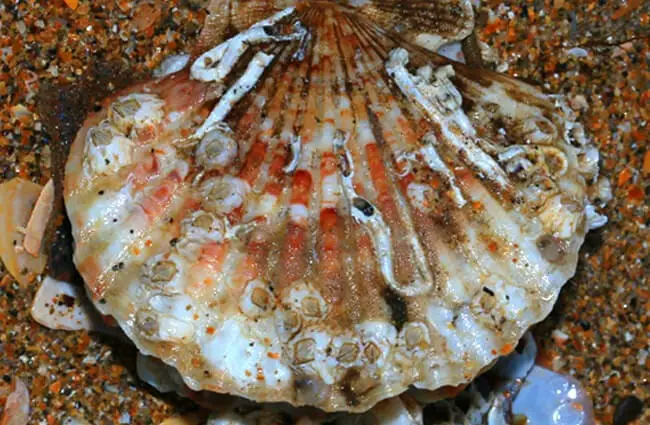
![Giant sea scallop opened. Giant sea scallop opened.Photo by: By YuryKirienko [CC0], from Wikimedia Commons](https://animals.net/wp-content/uploads/2018/09/Scallop-6-650x425.jpg)
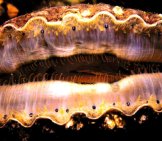
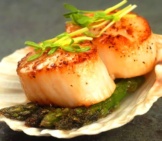

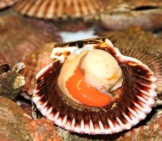
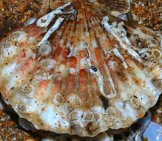
![Giant sea scallop opened. Giant Sea Scallop Opened.photo By: By Yurykirienko [Cc0], From Wikimedia Commons](https://animals.net/wp-content/uploads/2018/09/Scallop-6-162x141.jpg)

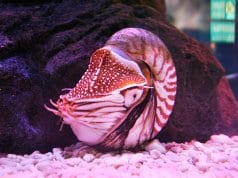
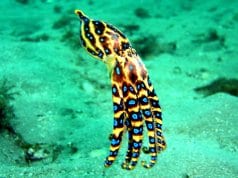










![Red Angus Closeup of a beautiful Red Angus cowPhoto by: U.S. Department of Agriculture [pubic domain]https://creativecommons.org/licenses/by/2.0/](https://animals.net/wp-content/uploads/2020/03/Red-Angus-4-100x75.jpg)

